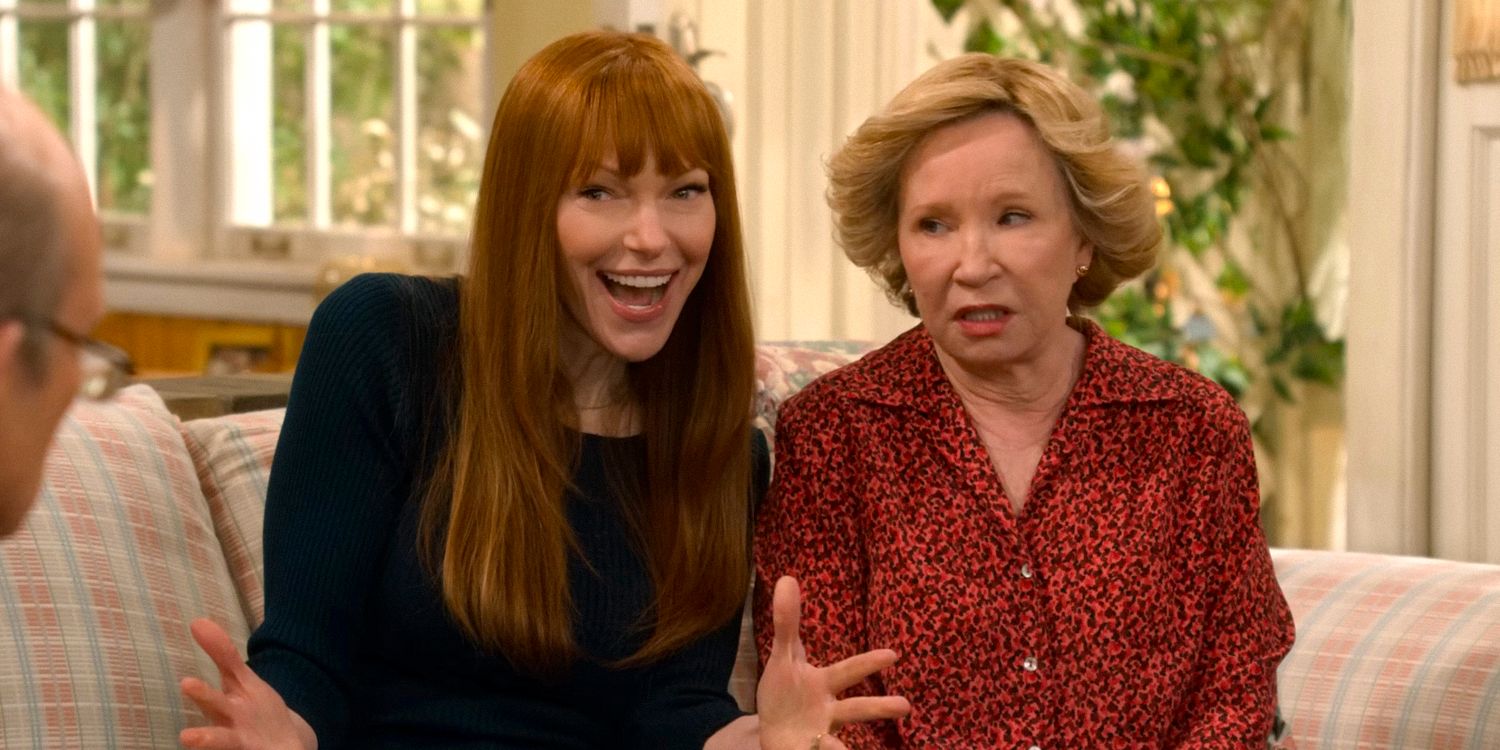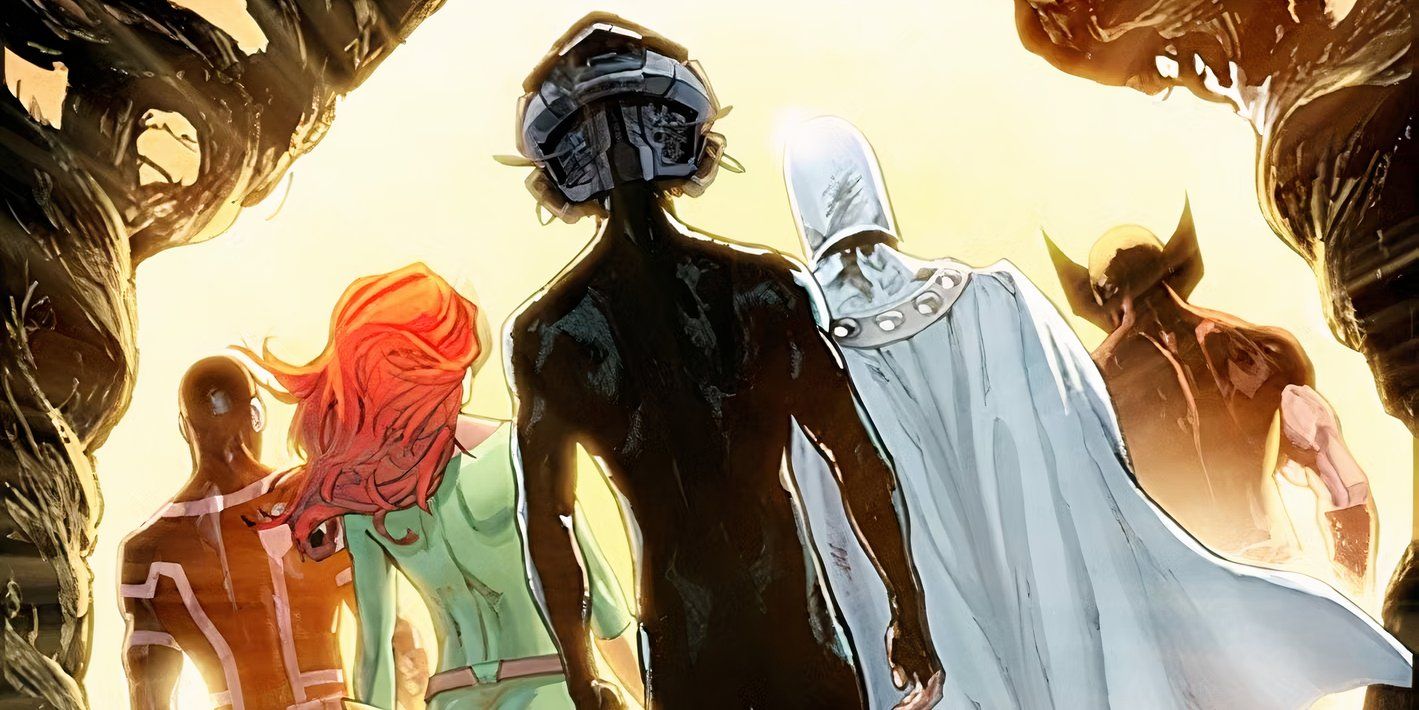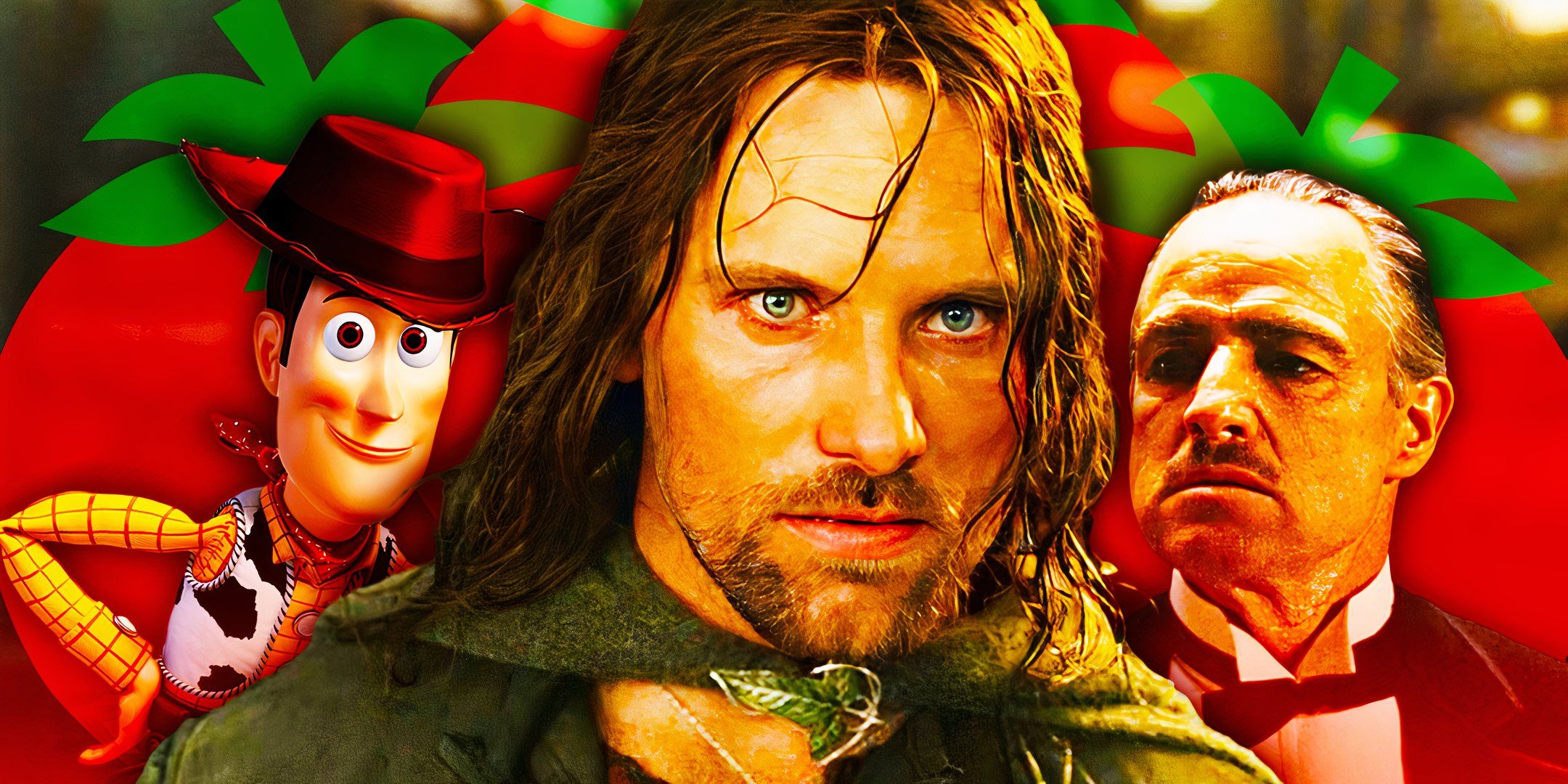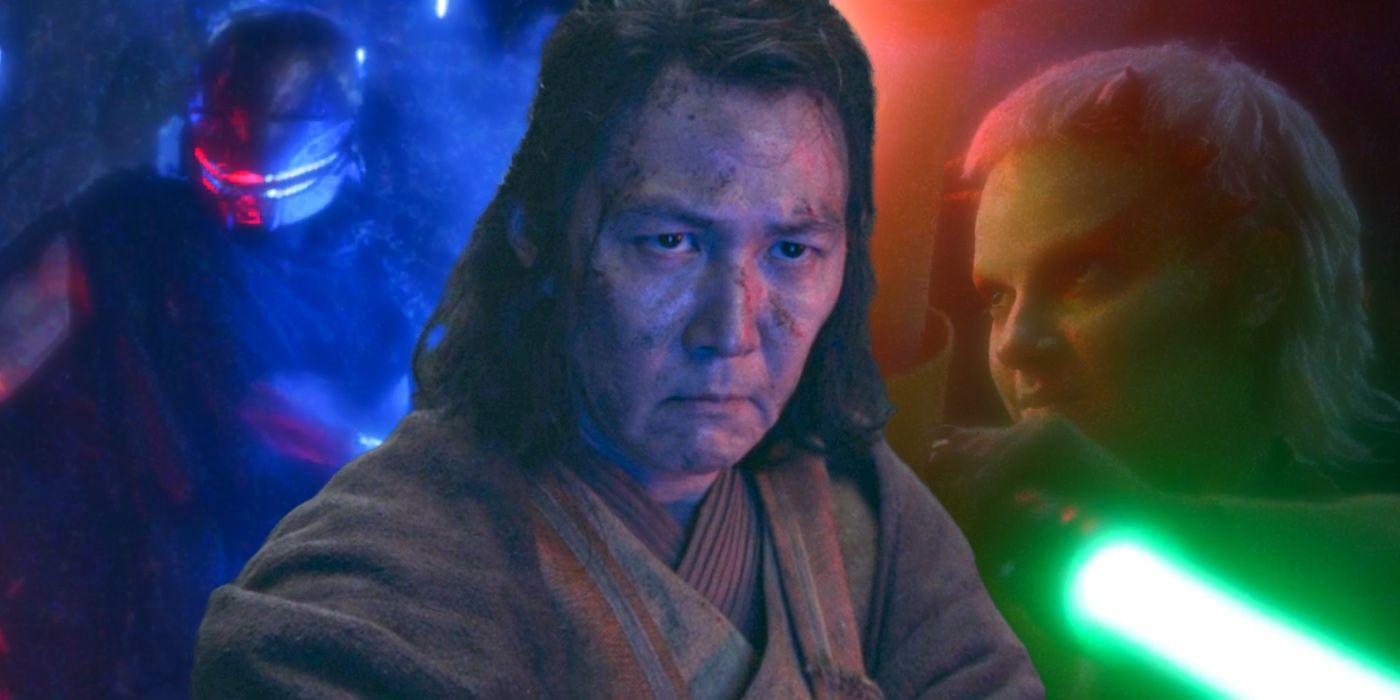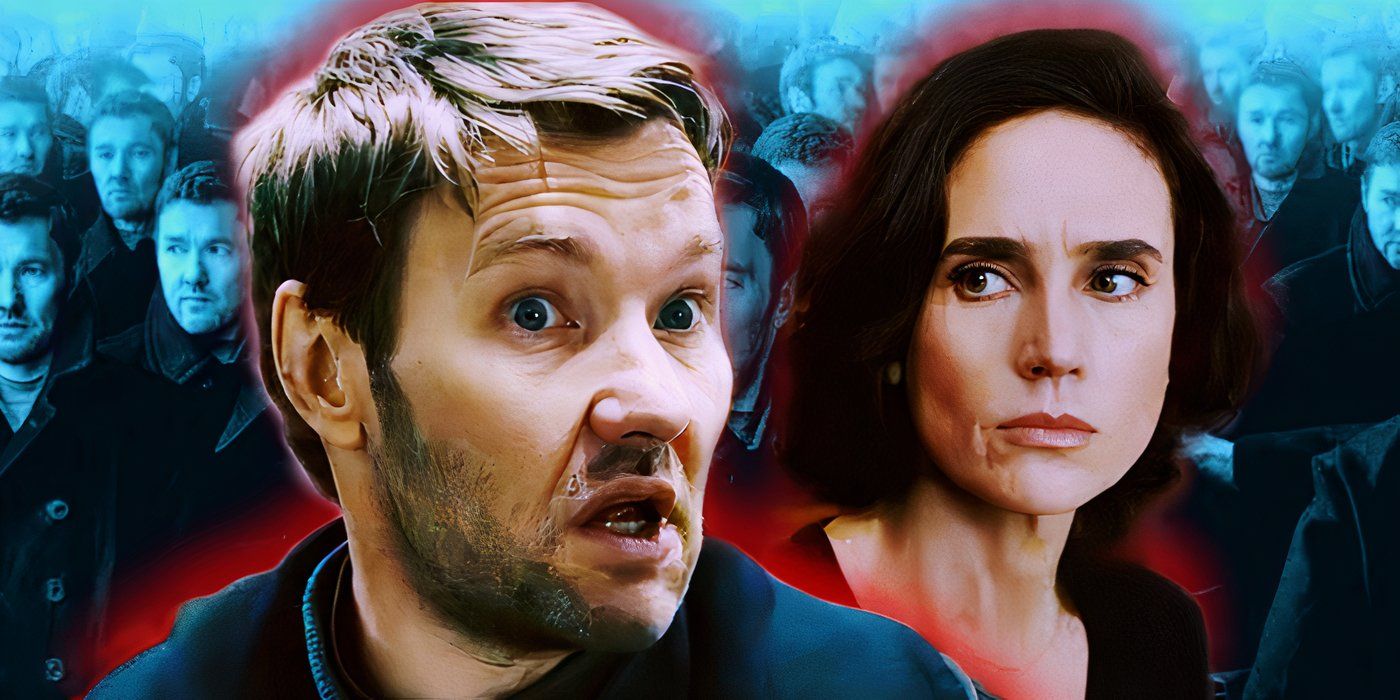The Mario series has flirted with the psychedelic since its early days, but with Super Mario Bros. Wonder the franchise leans fully into the trippy nature of the acrobatic plumber’s adventures. Simply hearing the premise of the original Super Mario Bros. suggests a nod to drug culture, from an adult perspective, as it involves a pair of blue-collar workers from Brooklyn who leave their mundane lives behind to journey to a magical mushroom land. With the mind-bending changes to reality resulting from Wonder Flowers, it is harder than ever to deny that Mario is a psychedelic series, and Wonder embraces that more overtly than any prior entry.
Before its release, some fans believed the new Mario title might bring back the 1986 Mario anime’s strange original character, Prince Haru, who was the prince of the Flower Kingdom in the animated adaptation. The monarch of the Flower Kingdom in Wonder is Prince Florian, a Wiggler-like entity, whereas Haru spent most of the anime trapped in the form of a dog. While there are no storyline connections to the anime, the 1986 film Super Mario Bros.: The Great Mission to Rescue Princess Peach was also somewhat hallucinatory in tone, as it sported a similar vibe and style to The Beatles: Yellow Submarine.
Some Wonder Flower Sequences Are Terrifyingly Reality-Warping
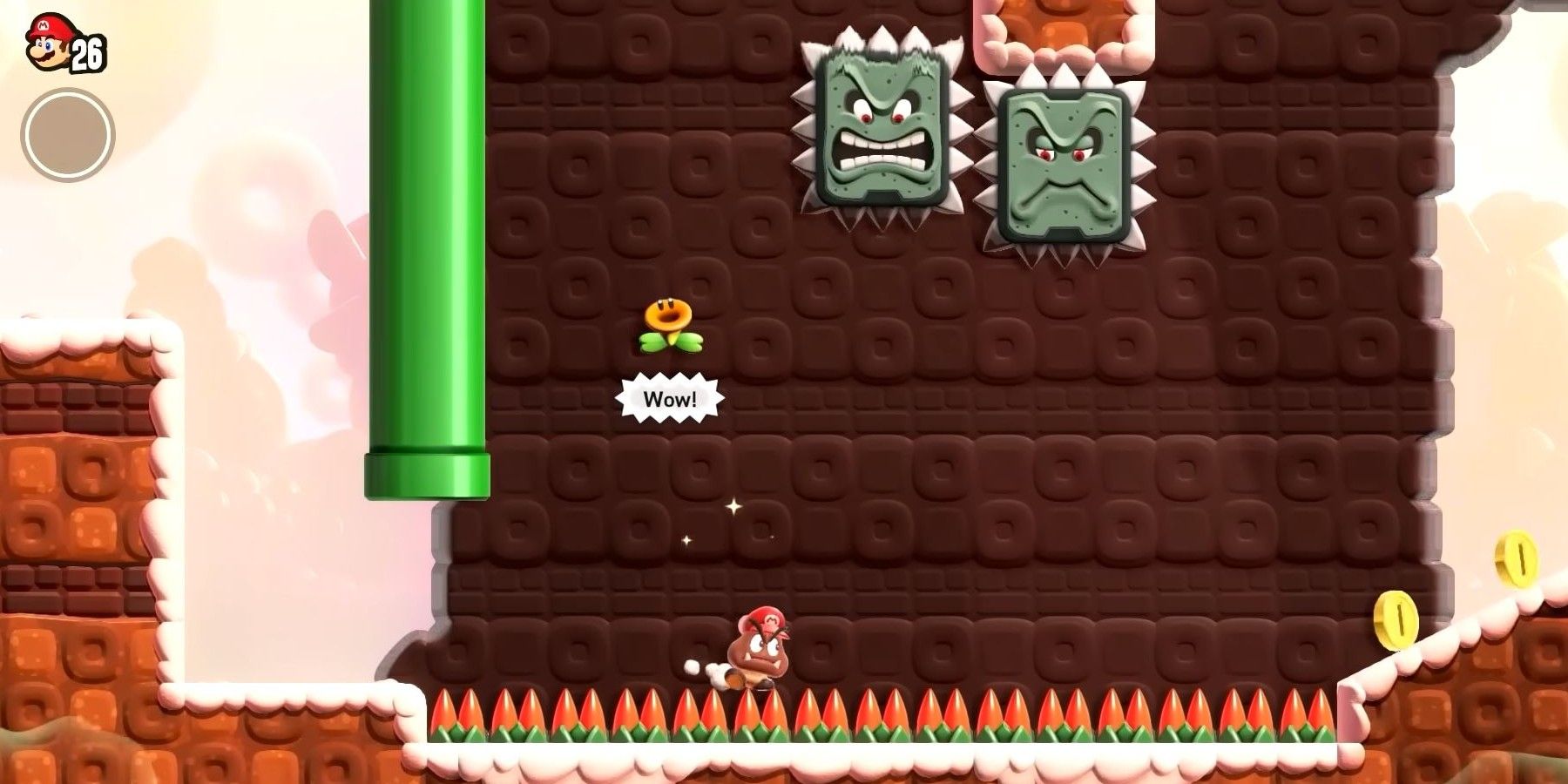
Unlike the largely mellow experience of the 1980s anime, some of the Wonder Flower sequences in Wonder are outright whacky, warping reality in ways ranging from whimsical to terrifying. Some alter the perception of the characters’ bodies, seeing themselves as abnormally tall, but still able to crouch to their standard compact ducking sizes. Mario might find himself transformed into a slime creature, granted a metal body, or even living the life of a Goomba. Several Wonder Flower sequences shift the perspective from a side scrolling platformer to an overhead action game, as Mario appears to stand on the back wall of the environment. Many of these experiences resemble confusing, hallucinatory experiences associated with psychoactive drug use.
The intersection of drug culture and video games extends far beyond the Mario franchise, of course. Timothy Leary nearly made a game adaptation of Neuromancer, and many games have dealt with the subject of drug use with varying degrees of maturity. In all likelihood, the Wonder Flower segments adhere closer to a non-drug user’s idea of a trip more than any actual hallucinogenic experience, which is true of similar sequences in most games. Still, it takes a certain naïveté to dismiss wholesale the implication present in Super Mario Bros. Wonder: Mario and his crew experience some strange psychedelic ordeals in order to collect Wonder Seeds.
Where most of the Wonder Flowers result in what might be described as out-of-body, or altered reality perceptions, there are a few that decidedly mirror a bad experience with psychedelic substances. Mario might be targeted by an unseen sniper or find himself fleeing from a rising tide of caustic ooze. Others are a bit more subjective, as being turned into a sentient, ambulatory piece of cake could be viewed as terrifying, though the onscreen avatars do not seem unnerved by it. Whether a player wishes to credit the Wonder Flowers for their obvious psychedelic inspiration or not, they can certainly enjoy the outside-the-box creativity displayed in the game.
Super Mario Bros. Wonder Is The Most Imaginative Mario Game In Years
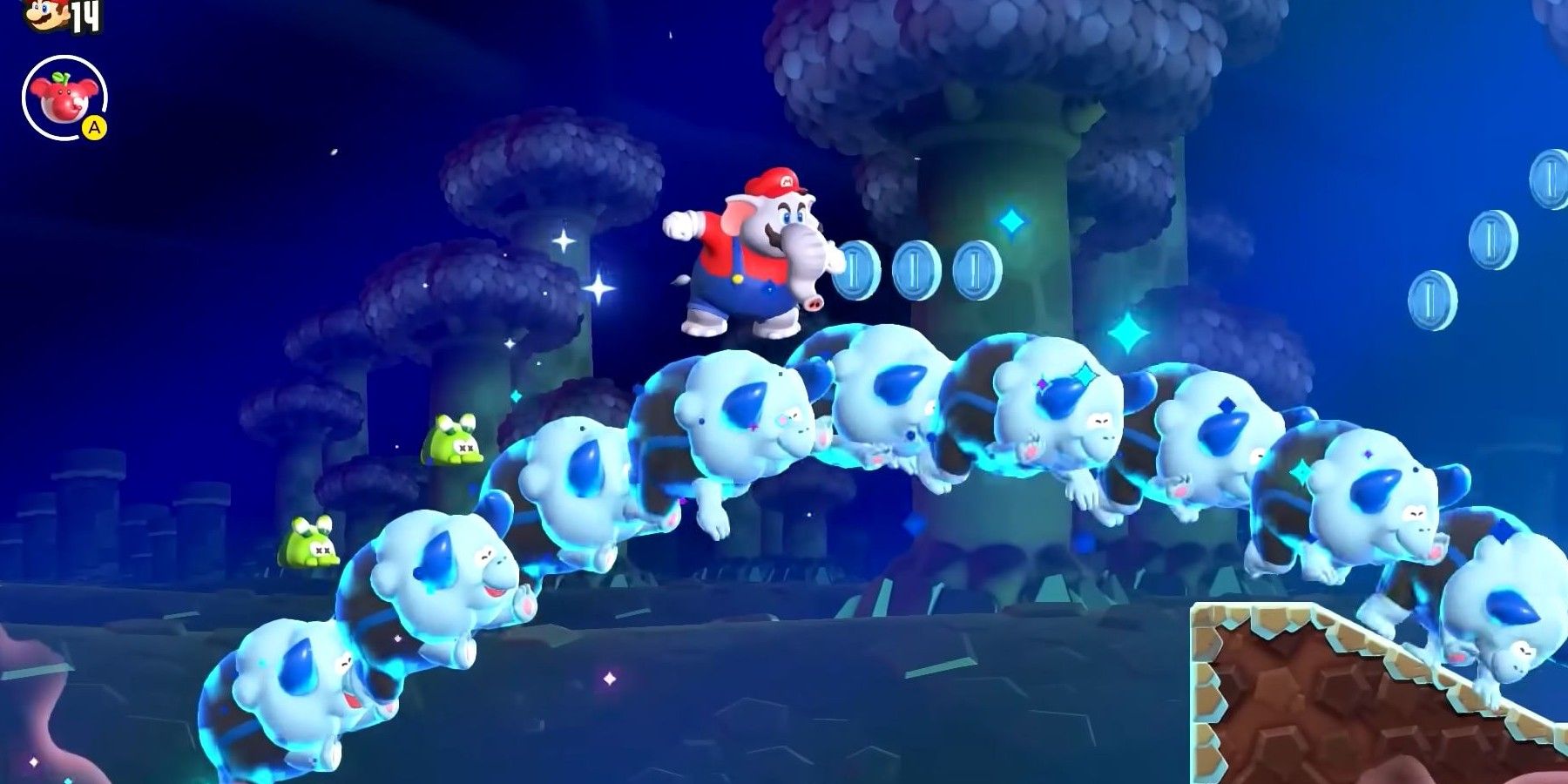
The Super Mario Bros. games have always been imaginative, but they have largely stayed within the fairly predictable limits of their own fictional reality. The heroes are capable of jumping and destroying blocks, and they might claim a power up item that temporarily transforms their body, granting them a useful superpower. Sequences from the Switch’s prior Mario opus, Super Mario Odyssey, played with the physics of the experience, allowing the player to engage in 2D side scrolling segments in order to interact differently with a 3D world. Where earlier Mario games might include one or two experimental elements, the Wonder Flowers allow the newest game to encompass numerous dreamlike experiences.
It is obvious that Super Mario Bros. Wonder provides a masterful 2D Mario experience just as Super Mario Odyssey did for the franchise’s 3D style near the beginning of the Switch’s life cycle. The unchained creativity on display with the Wonder Flower segments sets it apart from the earlier New Super Mario Bros. sub-series. Whether they play in an altered state of consciousness, or not, Super Mario Bros. Wonder takes fans on an unexpected, and sometimes mind-blowing trip.
